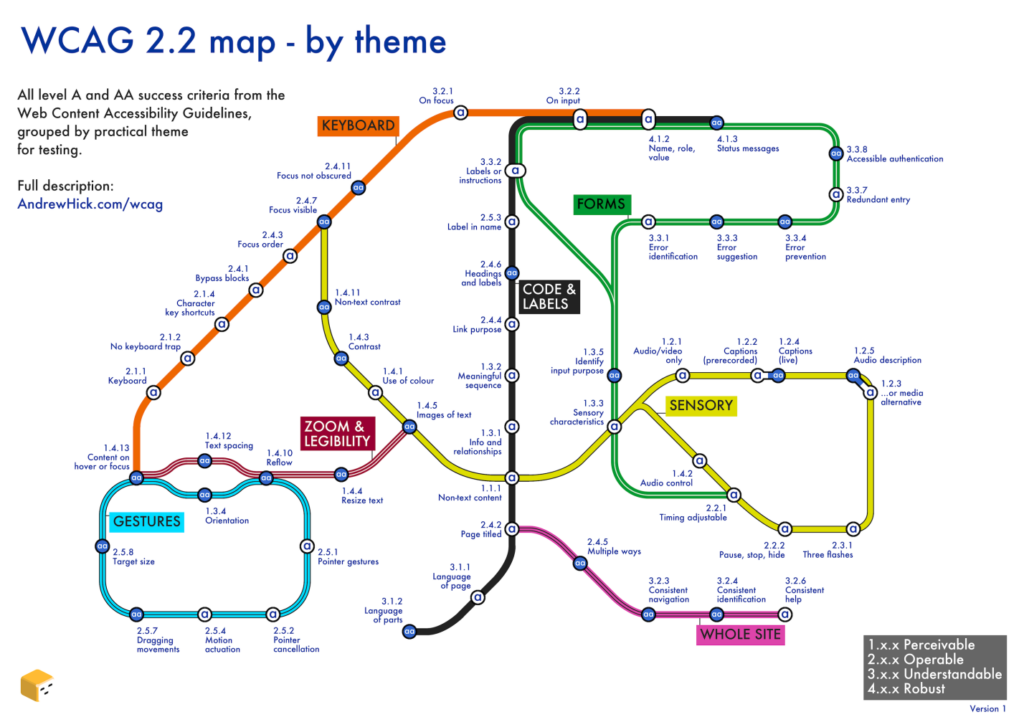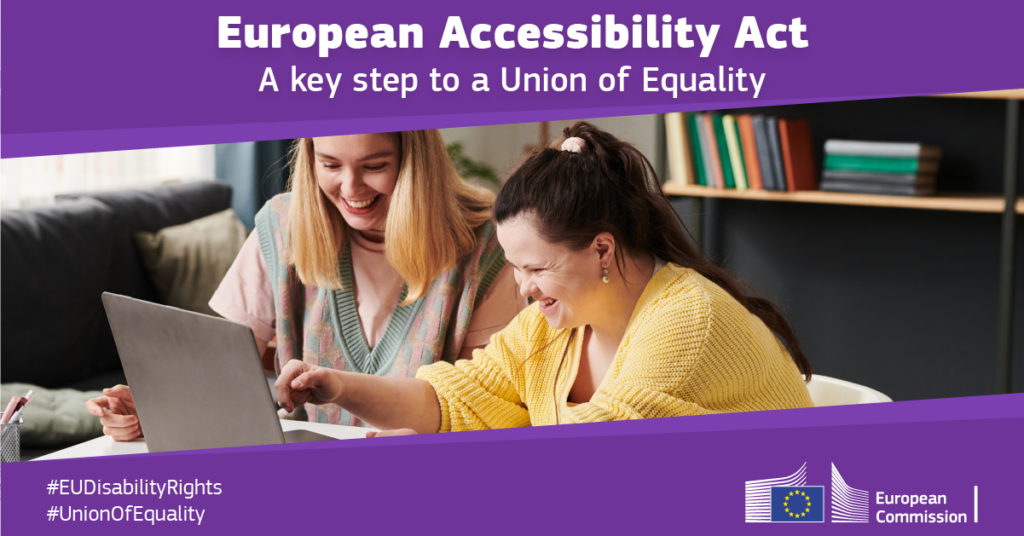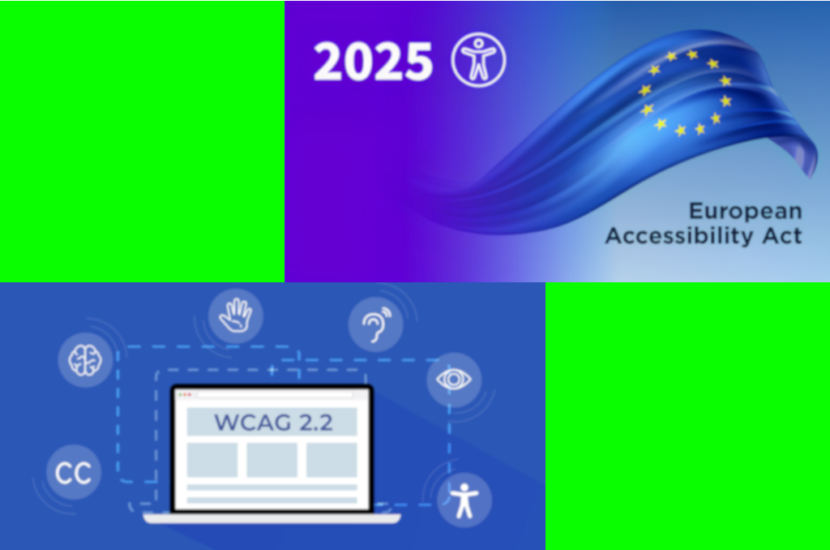With standards like the Web Content Accessibility Guidelines (WCAG) 2.2 and the European Accessibility Act (EAA), organizations are finally under pressure to make their digital content accessible to all users.
Can using a specific font contribute to making content more accessible, and enhance compliance with the accessibility legislations? The EasyReading font, designed specifically to support dyslexic readers while improving readability for everyone, offers a practical solution to help meet some accessibility requirements. By integrating EasyReading into an organisation’s digital strategy, we can enhance content’s accessibility, ensuring compliance with both WCAG 2.2 and the EAA, while fostering a more inclusive user experience alltogether.Understanding WCAG 2.2 and the European Accessibility Act
Understanding WCAG 2.2 and the European Accessibility Act
WCAG 2.2: Key Updates
Published in October 2023, the current latest version of WCAG 2.2 builds on previous versions to further improve web accessibility. While WCAG 2.2 does not prescribe specific fonts, it emphasizes the importance of readable text. The guidelines focus on four core principles: Perceivable, Operable, Understandable, and Robust, and introduce new criteria to better support users with cognitive and learning disabilities.

European Accessibility Act (EAA): Compliance Deadlines
The European Accessibility Act, adopted in June 2019, mandates that by June 28, 2025, all new products and services within the EU must comply with accessibility standards. Existing offerings must meet these standards by June 28, 2030. The EAA covers a broad range of products and services, including digital content, making it essential for organizations to align with these requirements to ensure inclusivity – and avoid penalties.

How EasyReading Font Supports Accessibility Standards
Legibility and Distinguishability WCAG 2.2 requires that text be easily readable and distinguishable, particularly for users with cognitive impairments. EasyReading addresses this by offering clear, distinct letterforms that minimize confusion between similar-looking letters—a common issue for dyslexic readers. This design supports the WCAG principles of making content Perceivable and Understandable.
Contrast and Spacing Text contrast and spacing are critical components of accessibility. WCAG 2.2 emphasizes the need for sufficient contrast between text and background and appropriate spacing to enhance readability. EasyReading’s design maintains excellent readability across various contrast levels and ensures adequate spacing between letters, words, and lines, thereby reducing eye strain and improving the reading experience for all users. These features directly align with both WCAG and EAA requirements.
Text Resize and Reflow WCAG 2.2 includes guidelines for text resize and reflow, requiring that text remains readable and functional even when resized up to 200% or when zoomed to 400% on smaller screens. EasyReading’s thoughtful design supports these criteria, maintaining readability and preventing content from becoming obscured or requiring horizontal scrolling, which is crucial for compliance.
Universal Design Philosophy The EAA’s focus on inclusivity is well-matched by EasyReading’s Universal Design approach, which aims to make content accessible to everyone, regardless of their abilities. By using EasyReading, organizations can ensure their digital communications are not only compliant with legal standards but also genuinely inclusive, supporting a wide range of users, including those with visual and cognitive impairments.
The Strategic Advantage of EasyReading
As the compliance deadlines for the EAA approach, it is essential for companies to proactively meet these accessibility requirements. Incorporating EasyReading into your communication strategy is a strategic move that not only ensures compliance with WCAG 2.2 and EAA standards but also demonstrates a commitment to inclusivity and user-centered design.
Adopting EasyReading helps your organization signal that it values accessibility and is committed to providing equal access to information for all users. This can enhance your brand’s reputation and build trust with a broader audience, including those who rely on accessible content.
EasyReading as a Compliance and Inclusivity Tool
In the evolving landscape of digital accessibility, staying ahead of regulations like WCAG 2.2 and the European Accessibility Act is critical. The EasyReading font offers a practical, scientifically validated solution that aligns with these standards, helping organizations create more inclusive and compliant digital communications.
As we move closer to the EAA’s mandatory compliance dates, now is the time for European organisations to integrate EasyReading into your communication strategy. By doing so, they will not only meet regulatory requirements but also contribute to a more inclusive world—one where everyone has equal access to information.

